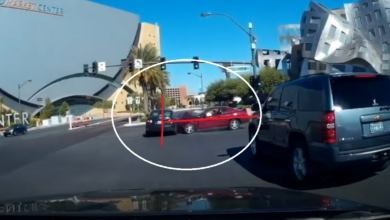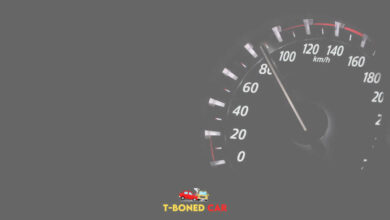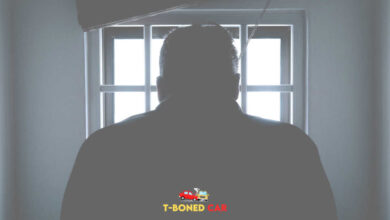Decoding T-Bone Accidents: Who’s Really at Fault?
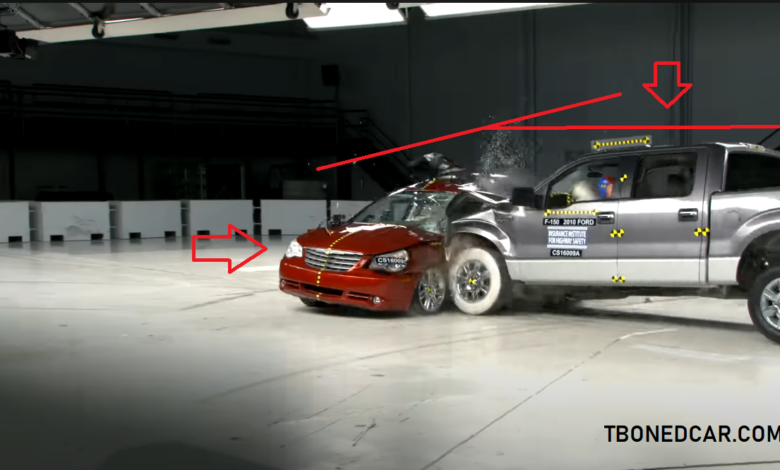
When it comes to understanding road safety, few incidents are as perplexing as T-bone accidents. These collisions occur when one vehicle strikes the side of another, often leading to severe consequences for those involved. The question on many minds is: T-bone accident who’s at fault? Identifying the responsible party in these incidents is critical for insurance claims and legal actions. However, the factors influencing fault can vary significantly from case to case. In this blog, we will explore various elements that determine responsibility in T-bone accidents and provide insights that can aid in recognizing liability.
This article delves into the complexities surrounding T-bone accidents, focusing on determining fault in these incidents. We’ll analyze the critical factors that impact accountability, from traffic laws to driver behavior. The discussion will include valuable legal advice for those involved and highlight relevant statistics to better illustrate the frequency and implications of such accidents. Case studies will further enrich our understanding, providing real-world examples that clarify common scenarios. Ultimately, our aim is to equip readers with knowledge to effectively navigate the aftermath of a T-bone collision.
Understanding the Anatomy of T-Bone Collisions
T-bone collisions are a complex issue in traffic safety, often leading to serious injury or fatality. This type of accident occurs when one vehicle crashes into the side of another, creating a “T” shape. Distinct factors contribute to the likelihood and severity of these incidents, making it crucial to analyze each case carefully.
Key Factors in T-Bone Accidents
- Visibility and Awareness: Poor visibility at intersections can lead to unexpected collisions.
- Traffic Signals: Disobeying traffic signals often results in a T-bone accident.
- Driver Behavior: Distracted or reckless driving increases the risk of these crashes.
When determining fault in a T-bone accident, it is essential to consider multiple facets. Often, drivers are left wondering, “T bone accident who’s at fault?” Analyzing the circumstances surrounding the accident, such as traffic laws and witness statements, plays a pivotal role. Each incident carries its nuances, making the question of who is liable less straightforward than one might assume.
In conclusion, understanding the anatomy of T-bone collisions requires a closer look at all contributing factors. By engaging with the intricacies of these accidents, we can better comprehend the question: “T bone accident who’s at fault?” and ultimately improve roadway safety for everyone.
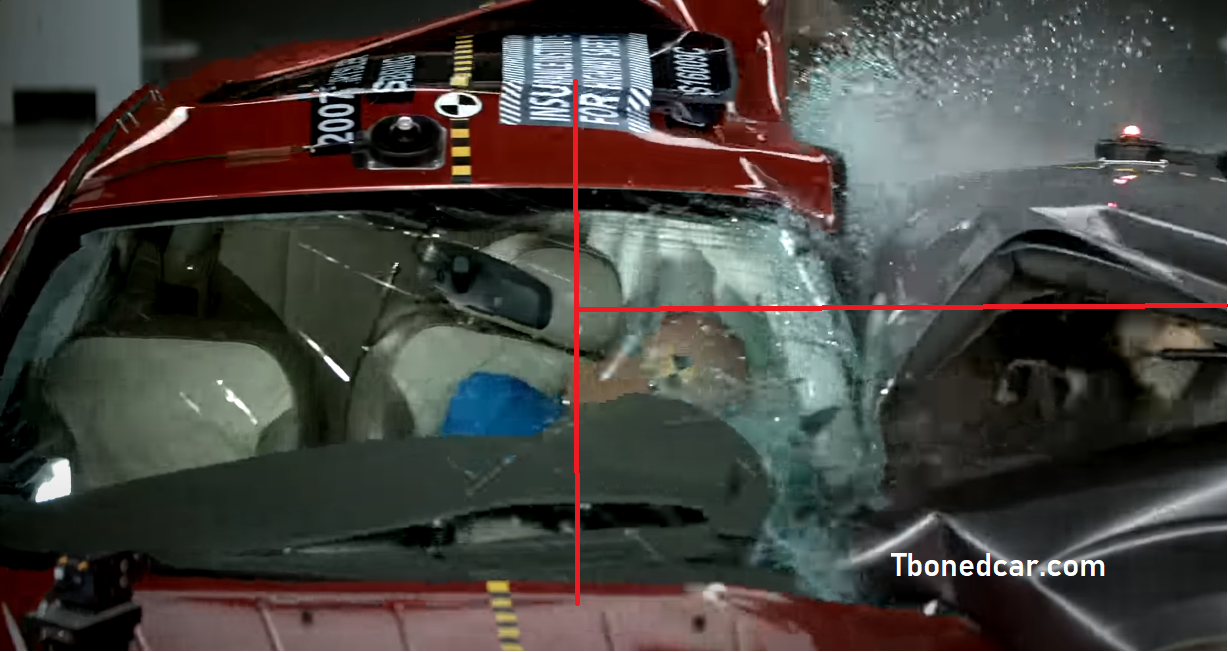
Legal Implications: Determining Fault in T-Bone Accidents
T-bone accidents, characterized by one vehicle colliding with the side of another, raise complex questions of liability. Determining fault is crucial not only for insurance claims but also for navigating potential legal repercussions. Typically, fault hinges on traffic laws, the actions of the drivers, and evidence such as traffic camera footage or eyewitness accounts. For instance, if one driver runs a red light, they are likely at fault. However, factors like obscured signage or sudden vehicle malfunctions can complicate matters.
When discussing T bone accident who’s at fault, it’s essential to note that statistics show varying blame percentages depending on the circumstance. Interestingly, not all cases are straightforward; some involve shared liability. In a situation where both parties contributed to the accident, insurance companies may split the fault, complicating claims.
| Factors | Impact on Fault |
|---|---|
| Traffic Signals | Clear Indicator of Fault |
| Driver Behavior | Potentially Shared Fault |
In summary, understanding T bone accident who’s at fault involves analyzing both legal and situational contexts. Engaging legal advice is invaluable in clarifying the nuances of each case. Because insurance claims can be contentious, documenting all details immediately after an incident is paramount.

The Role of Traffic Signals and Signs in T-Bone Crashes
Traffic signals and signs serve as crucial guides for drivers, especially at intersections where T bone accident who’s at fault scenarios often unfold. These areas are characterized by their complexity, where the likelihood of miscommunication can lead to catastrophic accidents. For instance, a driver may misinterpret a yellow light as a prompt to speed through an intersection, leading to a collision with an unsuspecting vehicle. This leads us to consider how effective signage can mitigate such risks.
Moreover, the absence or malfunction of traffic signals exacerbates confusion among drivers, increasing the chances of a T-bone collision. Street markings and yield signs play a pivotal role in promoting awareness of right-of-way rules. Yet, not all drivers adhere to these guidelines, which is often a factor in determining liability in T bone accident who’s at fault evaluations.
In conclusion, a well-structured traffic sign system not only directs vehicles but also educates drivers. Each element, from signals to signs, must be consistently maintained, as their presence can substantially reduce the frequency of unfortunate incidents.
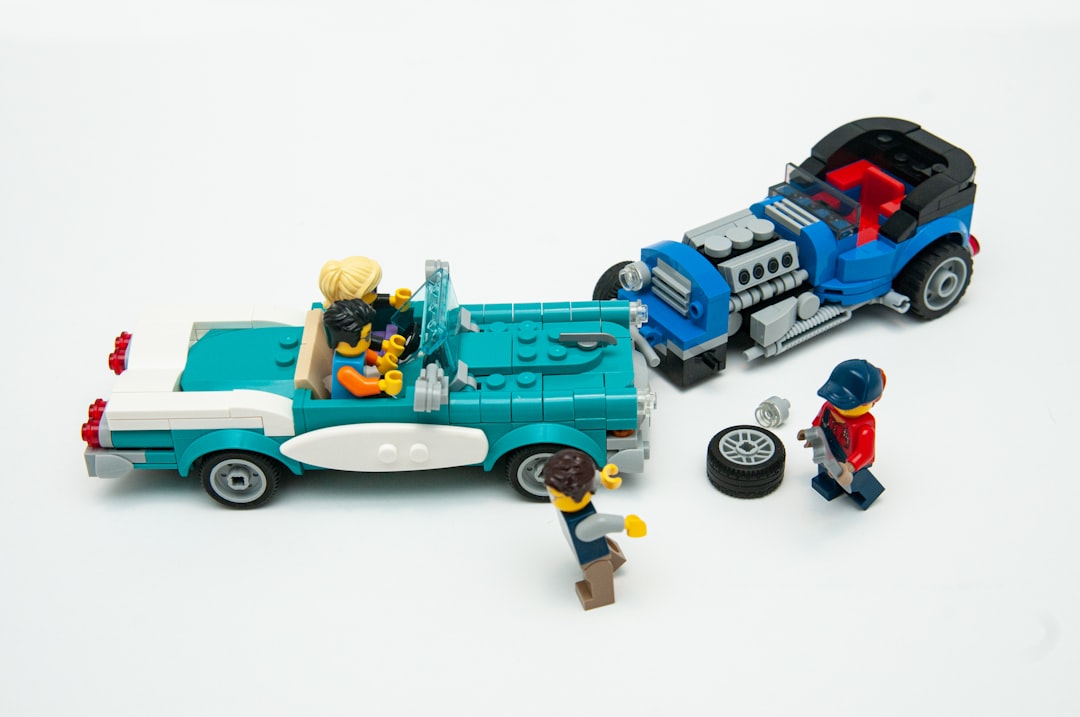
Contributing Factors: Driver Behavior and T-Bone Accidents
In the context of T-bone accidents, understanding driver behavior reveals important insights. These collisions often occur at intersections where one vehicle strikes the side of another, usually due to a failure to yield. The primary contributing factors in these unfortunate incidents encompass various aspects of human behavior and situational awareness.
Key Behavioral Factors
- Distracted Driving: This includes using mobile devices, eating, or conversing; distractions severely impede reaction times, increasing the likelihood of a T-bone collision.
- Speeding: Exceeding speed limits reduces a driver’s ability to stop or react in time, making a T-bone accident more probable.
- Running Red Lights: Ignoring traffic signals is a direct contributor to these accidents, as unsuspecting vehicles may cross paths unexpectedly.
Moreover, the complexity of traffic scenarios creates an environment where misjudgments can occur. Drivers must rely heavily on their perception and decision-making skills. Miscalculations in distance or speed can lead to significant consequences. Consequently, the question arises: in a T-bone accident, who’s at fault? Understanding these factors helps clarify accountability, further emphasizing the need for caution and attentiveness on the road.
Insurance Perspectives: How Fault Affects Claims in T-Bone Incidents
T-bone accidents, often resulting in serious injuries, raise complex questions about liability and insurance claims. In such incidents, determining who bears responsibility is crucial. Typically, the insurance company assesses statements from involved parties and any available evidence to establish fault. This process can lead to varying interpretations, especially when traffic laws are ambiguous or circumstances surrounding the crash are unclear.
For instance, if one driver runs a red light while the other is proceeding through an intersection legally, the former is often deemed at fault. However, factors like visibility or sudden mechanical failures can complicate this determination. Additionally, when discussing T bone accident who’s at fault, it’s essential to consider witness accounts and traffic camera footage. Such evidence can heavily influence the outcome of the claim.
In conclusion, understanding how fault affects claims in T-bone incidents requires a comprehensive analysis of the facts at hand. Different perspectives on liability can significantly impact insurance outcomes.
Case Studies: Analyzing High-Profile T-Bone Accident Cases
Examining high-profile T-bone accident cases provides valuable insights into the dynamics of such incidents. These collisions occur when one vehicle strikes another from the side, often leading to severe consequences. The complexities surrounding who is at fault in these situations can be quite intricate.
For instance, in a notable case from a few years back, the intersection’s traffic signals were malfunctioning, creating confusion. This raised questions about the responsibility of the local government versus the drivers involved. Such scenarios illustrate the need for thorough investigations.
“In T-bone accidents, determining liability often involves scrutinizing traffic laws and the effectiveness of signal systems.” – Legal Expert
Another compelling case involved a driver ignoring a stop sign. This clearly pointed to the driver’s negligence. Yet, did the design of the intersection contribute to the accident? Such factors can blur the lines of accountability. Ultimately, a comprehensive examination of each incident is vital for understanding T-bone accident who’s at fault and preventing future occurrences.
Preventive Measures: How to Avoid T-Bone Accidents
To significantly reduce the risk of T bone accidents, certain preventive measures must be meticulously followed. Awareness and caution are paramount. Here are some crucial steps drivers can take:
- Obey Traffic Signals: Always adhere to traffic lights and stop signs, as ignoring them can lead to severe collisions.
- Use Turn Signals: Communicate your intentions clearly to other drivers. Failing to signal turns can cause confusion and increase the likelihood of a crash.
- Avoid Distractions: Keep your focus on the road. Mobile phones and other distractions can divert attention, leading to accidents.
- Practice Defensive Driving: Always anticipate the actions of other drivers. Being mindful of your surroundings helps in reacting swiftly to unexpected situations.
- Maintain a Safe Following Distance: Keeping a safe distance provides ample time to react if a vehicle in front of you stops suddenly.
In addition to these measures, regular vehicle maintenance is essential. Smooth brakes and functional lights contribute significantly to your safety. If everyone adopted these precautions, the frequency of T bone accidents could diminish, resulting in fewer injuries and fatalities.
However, if such an accident occurs, determining who is at fault can be challenging. Understandably, the complexities in these situations often leave parties bewildered. Always seek legal assistance when navigating these murky waters.
The Importance of Witness Testimonies in T-Bone Accident Investigations
In the intricate realm of traffic accidents, particularly in T-bone accidents, witness testimonies play an invaluable role. These accidents often occur at intersections and can lead to complex legal disputes. Witnesses provide crucial insights that can clarify the sequence of events. This information helps establish who is at fault, guiding both insurance companies and legal professionals in their decisions.
Moreover, the credibility of a witness can significantly impact a case. Their observations can counter or support evidence presented by both parties. However, it’s essential to recognize that not all witness accounts are equally reliable. Factors like visibility, distractions, or even personal biases can influence their perspectives. Thus, investigators must carefully analyze these testimonies, comparing them against physical evidence.
Ultimately, understanding the dynamics of T-bone accidents and the surrounding factors reveals why witness testimonies are essential. They can illuminate critical aspects of the incident that may otherwise remain ambiguous. Therefore, at the intersection of law and accident investigation, the voices of bystanders become crucial in determining accountability.
Comparative Analysis: T-Bone Accidents vs. Other Collision Types
When evaluating T-bone accidents, it’s crucial to contrast them with various other collision types. T-bone accidents occur when one vehicle strikes another’s side, typically at intersections. These accidents can be particularly devastating, often leading to serious injuries for passengers. In comparison, head-on collisions generally involve two vehicles traveling towards each other, which can also result in severe consequences. However, T-bone accidents are frequently more lethal due to the vulnerability of side-impact areas in vehicles.
Understanding Fault in T-Bone Incidents
In assessing culpability, a key question arises: T bone accident who’s at fault? Determining fault can be complex, especially with varying traffic signals and conditions. Additionally, rear-end collisions often involve clearer fault attribution, as the trailing vehicle is usually held responsible. This illustrates that while T-bone incidents may be less common, their impact is significant, requiring special legal and insurance considerations. Ultimately, the dynamics of each collision type reveal varied risk factors, emphasizing the need for caution on the road.
Emerging Technologies: How Smart Cars Could Reduce T-Bone Accidents
The rise of emerging technologies is profoundly altering the landscape of road safety, particularly in the context of T-bone accidents. These collisions often occur when one vehicle strikes the side of another, typically at intersections. In an era where smart cars are becoming increasingly common, innovations such as advanced driver-assistance systems (ADAS) could significantly mitigate the frequency of these incidents.
Key Features That Help
Smart cars are equipped with various technologies that enhance safety and driving efficiency. Here are a few essential features:
- Automatic Emergency Braking: This system detects potential collisions and can apply brakes independently.
- Blind Spot Monitoring: It alerts drivers to vehicles in adjacent lanes, reducing the risk of unintentional maneuvers.
- Adaptive Traffic Signals: These systems communicate with cars to optimize speed and reduce sudden stops at intersections.
Understanding who is at fault in these accidents can be challenging. Yet, with smart technologies in play, driving becomes safer, and the likelihood of misunderstandings diminishes. As these innovations continue to evolve, we can only hope that the number of T-bone accidents will decrease, making our roads safer for everyone.
Conclusion
Decoding T-Bone Accidents: Who’s Really at Fault? Sonuç olarak, T-bone kazalarının karmaşıklığı, birçok faktörü göz önünde bulundurmayı gerektiriyor. Hem sürücü hataları hem de trafik koşulları önemli rol oynuyor. Ancak, kaza anında hangi sürücünün daha temkinli olduğu veya kurallara ne kadar uyduğu da belirleyici unsurlar arasında. Bu durumda, araştırmalar ve gözlemler aracılığıyla doğru bir değerlendirme yapmak şart. Bence, tüm bu unsurlar bir araya geldiğinde, herkesin üzerine düşen sorumlulukları anlaması kritik. Ne yazık ki, sonuçta yaşanan kayıplar, çoğunlukla bu sorumlulukların göz ardı edilmesinden kaynaklanıyor. T-bone kazalarında kimin hatalı olduğunu anlamak, sadece kazayı analiz etmekle kalmayıp, gelecekte bu tür kazaların önlenmesine de katkı sağlayabilir.

